As covered previously, the first prototype model I scratchbuilt in miniature was the Canadian National Railways’ Port Credit station in HO scale. Following that project was the CNR coaling plant at Danforth, Ontario (situated about five miles east of Toronto’s Union Station, on the Oshawa Subdivision but within Toronto Terminals jurisdiction).
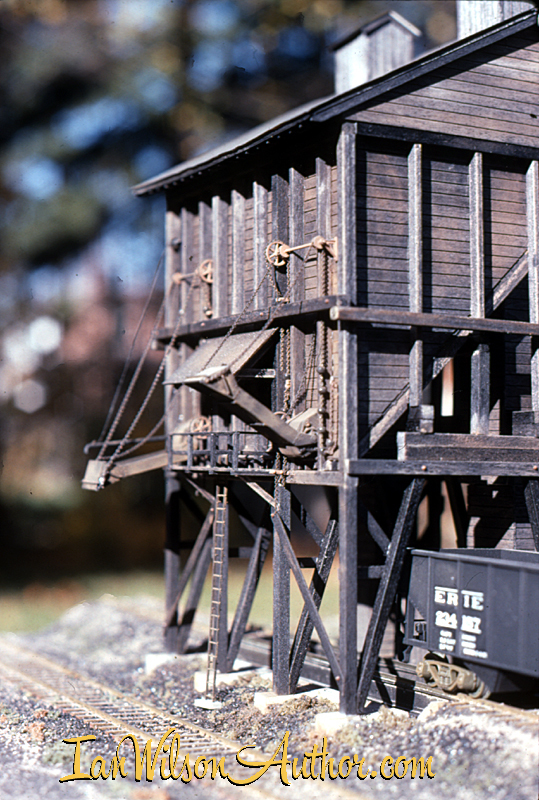
I had no aspirations of recreating CNR Danforth per se, as I was focusing on Palmerston in HO scale. There was a timber coaling plant at the latter point, but no plans available. On a visit to the National Archives of Canada in March 1993, I acquired a copy of the plans for the Danforth coaling plant because it looked similar enough to the Palmerston facility.
You can see the Danforth coaling plant (out of service) in the background of this photograph from the early 1960s:
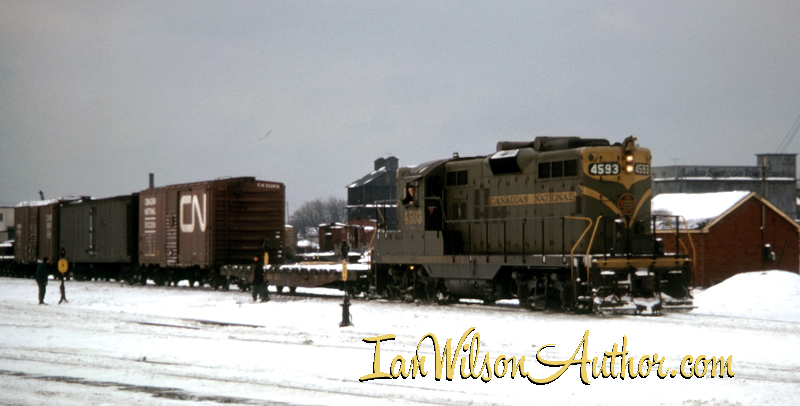
Steam Over Palmerston (out of print) features commentary on coal servicing of locomotives at that terminal. This view from the book illustrates the structure I really wanted:
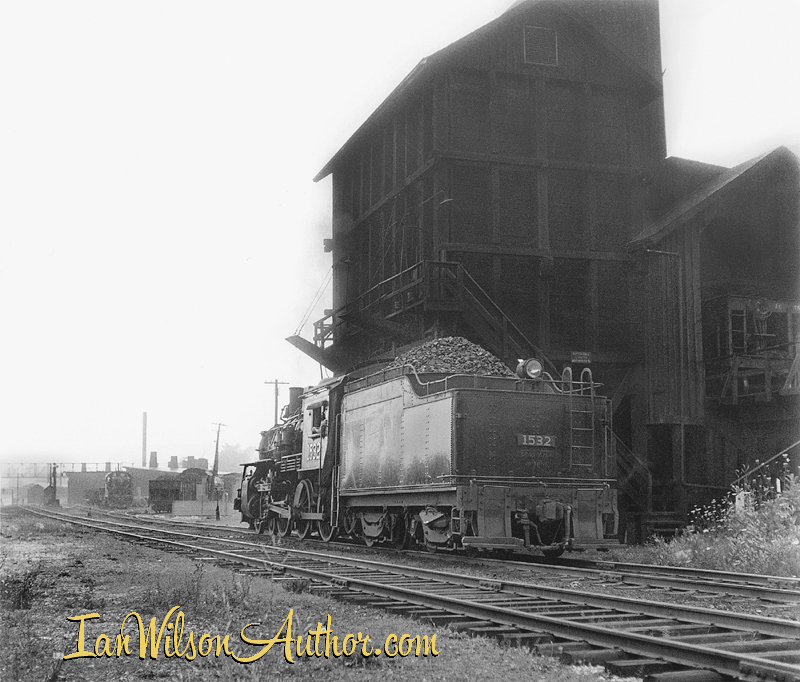
There are two principal differences between the pair of coaling plants. Whereas the Palmerston facility is supplied with coal via an elevated ramp, the Danforth installation relies on a concrete hopper beneath the structure. Palmerston features a single hoisting mechanism, while Danforth has two (separate supplies of coal for freight and passenger locomotives, the latter for coal with a lower ash content and therefore producing less smoke).
Note that, at this stage of my modelling career in 1993, scratchbuilding structures based on desired prototypes was developing into my main passion in the hobby. Although I had aspirations of recreating Palmerston yard in HO scale, that notion was too fanciful for a one-bedroom basement apartment.
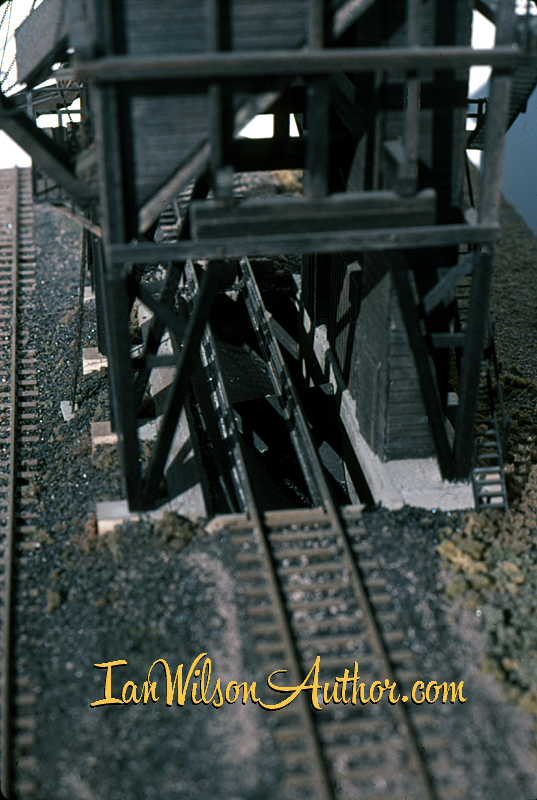
Concerning materials, my HO scale model of the Danforth coaling plant is constructed principally of sheet and strip scale lumber. Styrene was used for the hopper underneath. Some Plastruct stock represents structural steel components. Chutes and pulleys are Tichy parts, which are close to those of the prototype. Scale-sized chain is attached to the mechanisms.
I mention again that, as this model was built in 1993, I was using the best procedures and materials and resources available at the time. This was essentially a project built with standard practices in scale modelling common from the 1950s through the 1990s. Nowadays (and we might get into this in a later posting), I would execute such a project with two main differences—utilizing state-of-the-art technology now readily accessible to modellers (3-D printing, etching, laser cutting, and more) and availing myself of the superior talents of others (such as my friend Jeff Smith) to tackle the various components.
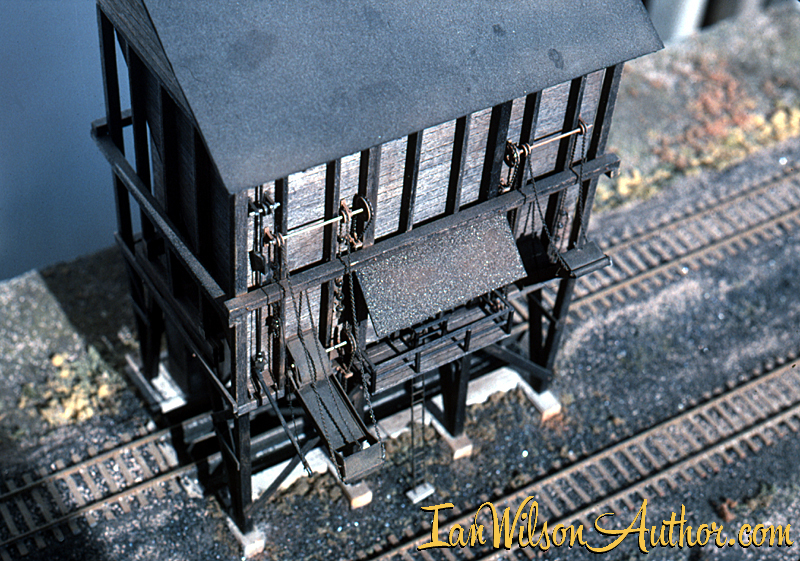
This is probably a good point to mention that I see my role now, in the present day, as more of a inspiration for modellers in a big-picture view of recreating the past. While I have enjoyed the hobby of scale modelling over the years, I am no longer active. I derive more satisfaction now out of appreciating the developed talents and skills of others. What I present to you here are some examples of projects I completed in the heady days of my youth!
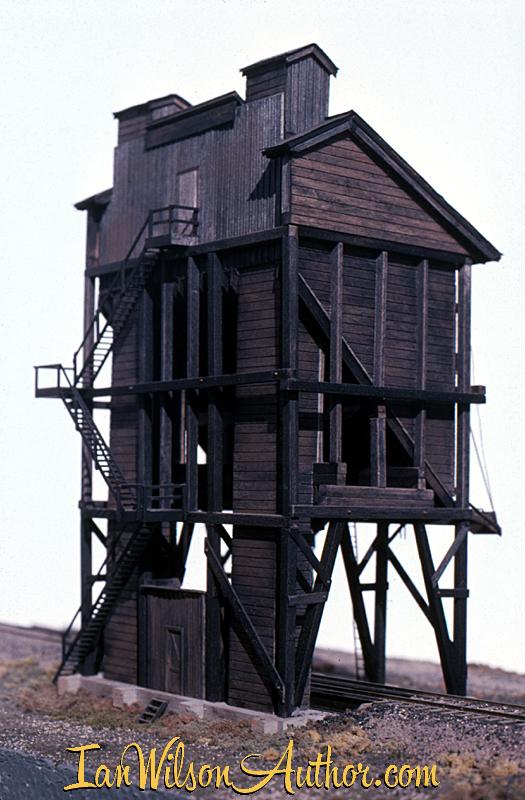
Getting back to the model at hand, I also want to point out that I was interested in finishing a bit of a scene around the structure. A visit to George Sellios and his Franklin & South Manchester layout (in Peabody, Massachusetts) in August 1993 inspired me to recreate the groundscape around the Danforth coaling plant.
Here’s a picture of a model CNR H-6 Ten Wheeler refuelling on the display:
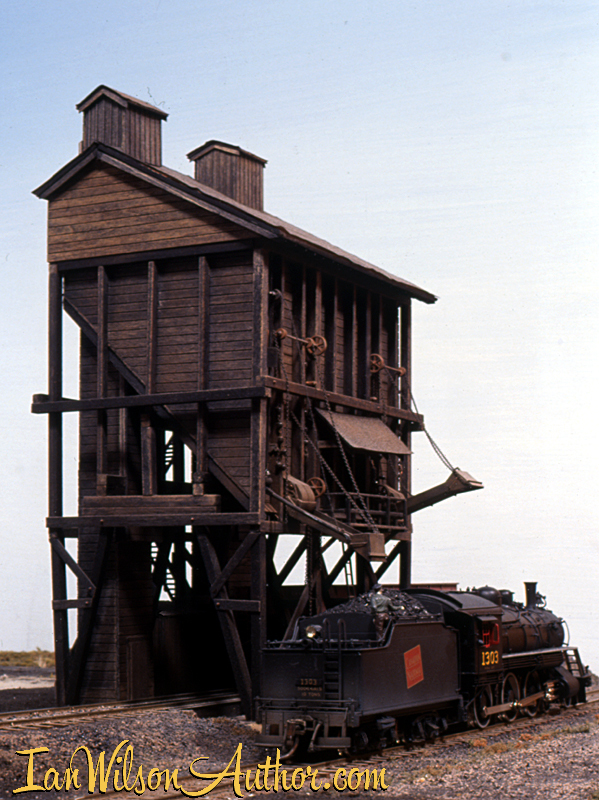
It's reminiscent of this scene reproduced in Steam Encounters in Ontario vol. 1:
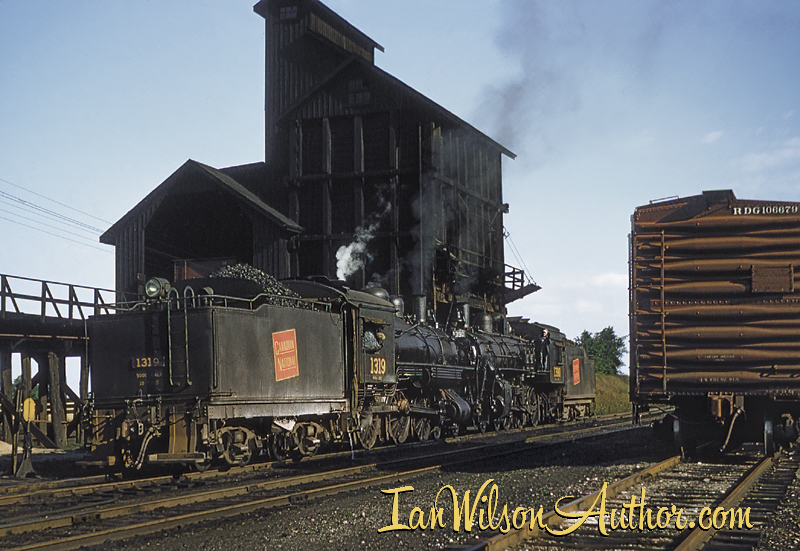
I completed the HO scale model of the CNR Danforth coaling plant in early December 1993. It never found its way onto any layout, and to this day it remains on the diorama I built for it.
One thing I discovered after constructing this model is that it appears to be a close replica of the timber coaling plant that stood in the CNR’s engine terminal at Gravenhurst, on the Northern Ontario District. Pictures of this facility can be found in Steam at Allandale and Steam Scenes of Allandale, an example of which is this view from the latter:
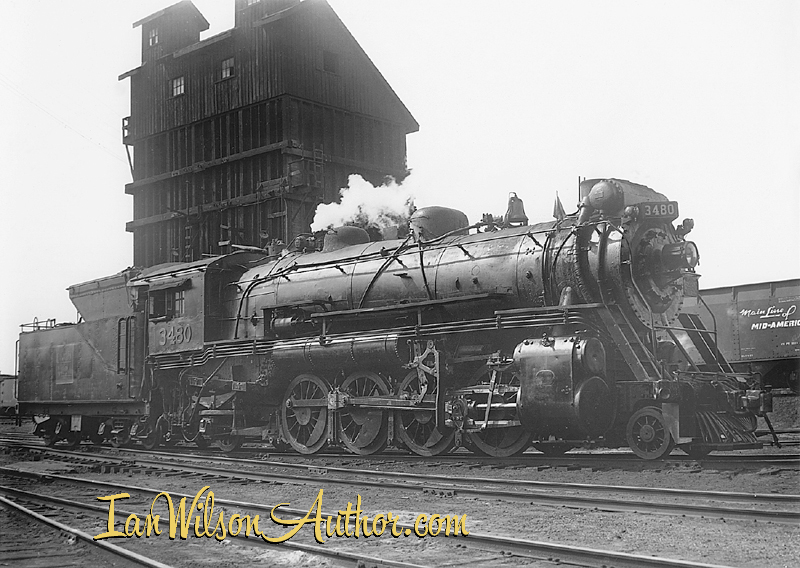
This series of posts covering some of my prototype modelling efforts is provided by way of background to illustrate my overall yearning to recreate the late steam railway steam era in Canada, as I had not experienced it firsthand. It so happened, in retrospect, that for me personally the medium of scale modelling would ultimately be supplanted by narrative nonfiction writing.
If you haven't already, please subscribe to my Canadian Branchline email list. You’ll find a signup box at the bottom of the main page of my website at IanWilsonAuthor.com. Most of my online content eventually appears on my blog. But an email subscription is the only guaranteed way to see all the material as it is released.
Also, please share the link to this post with your like-minded friends interested in Canadian steam-era railway operations!

Read More:

